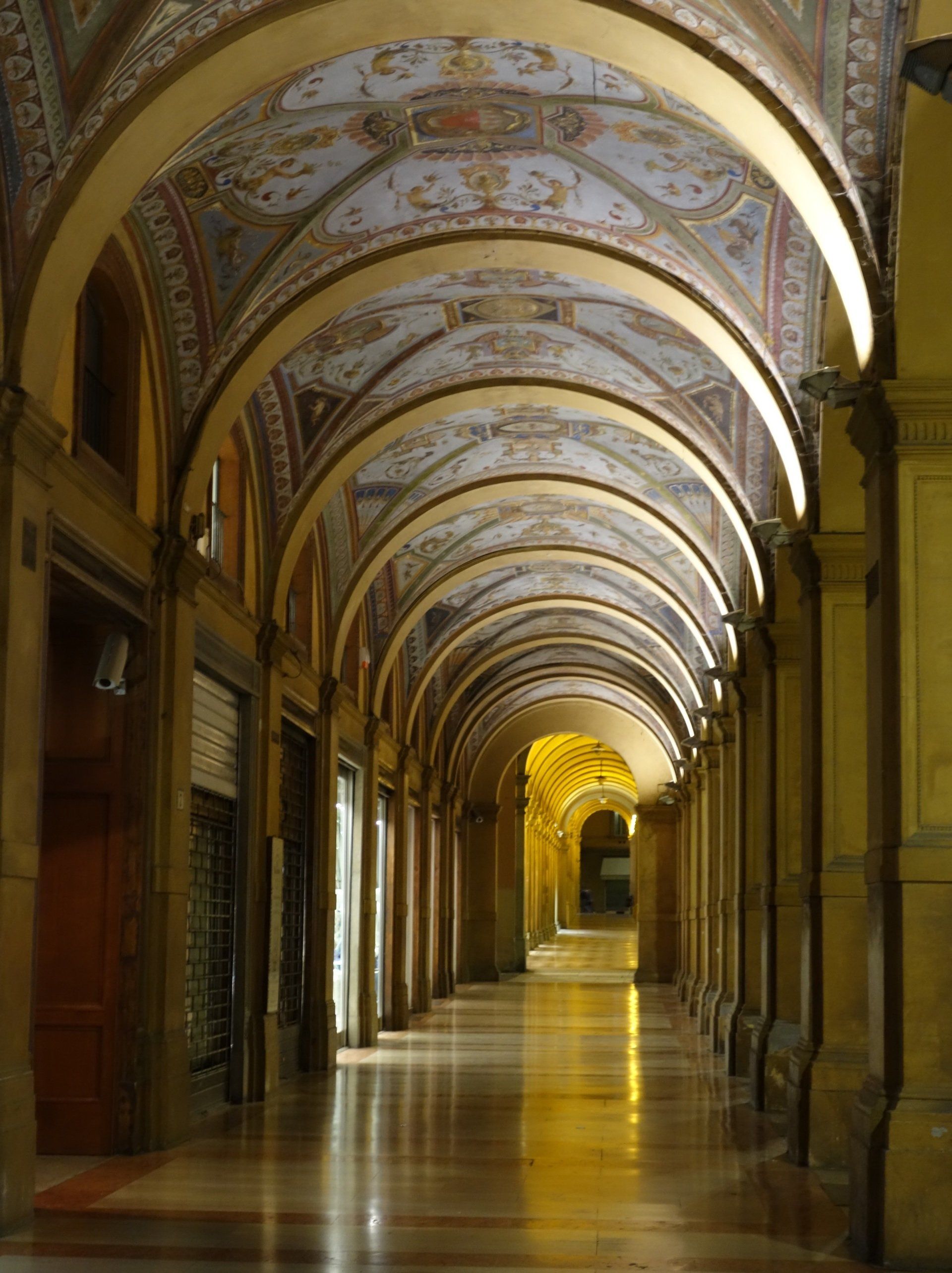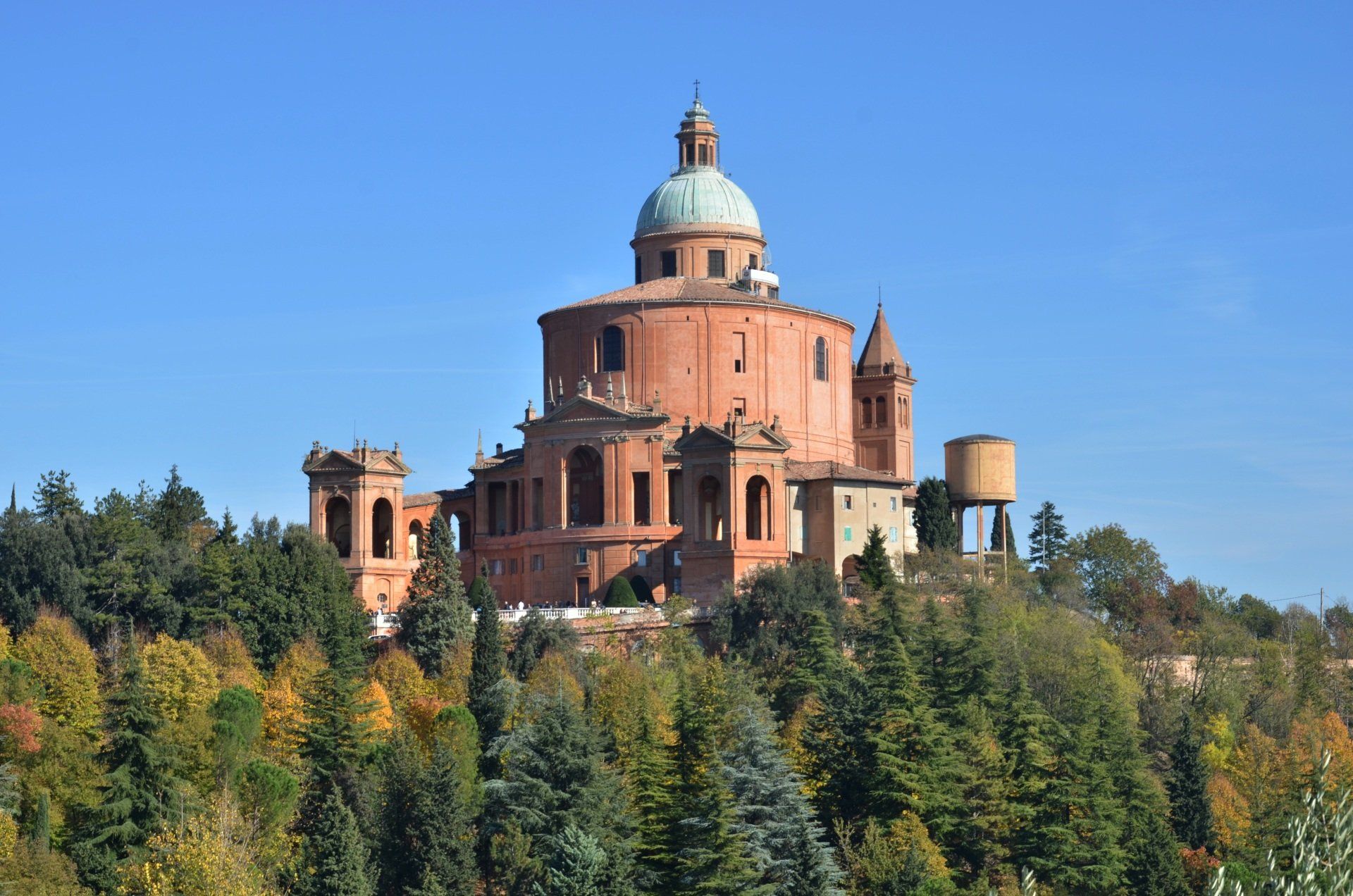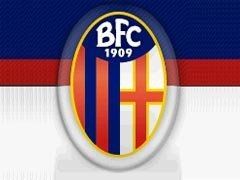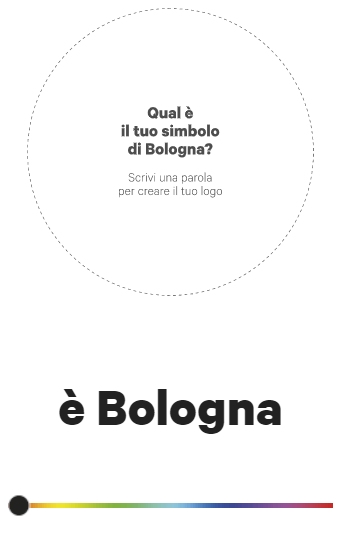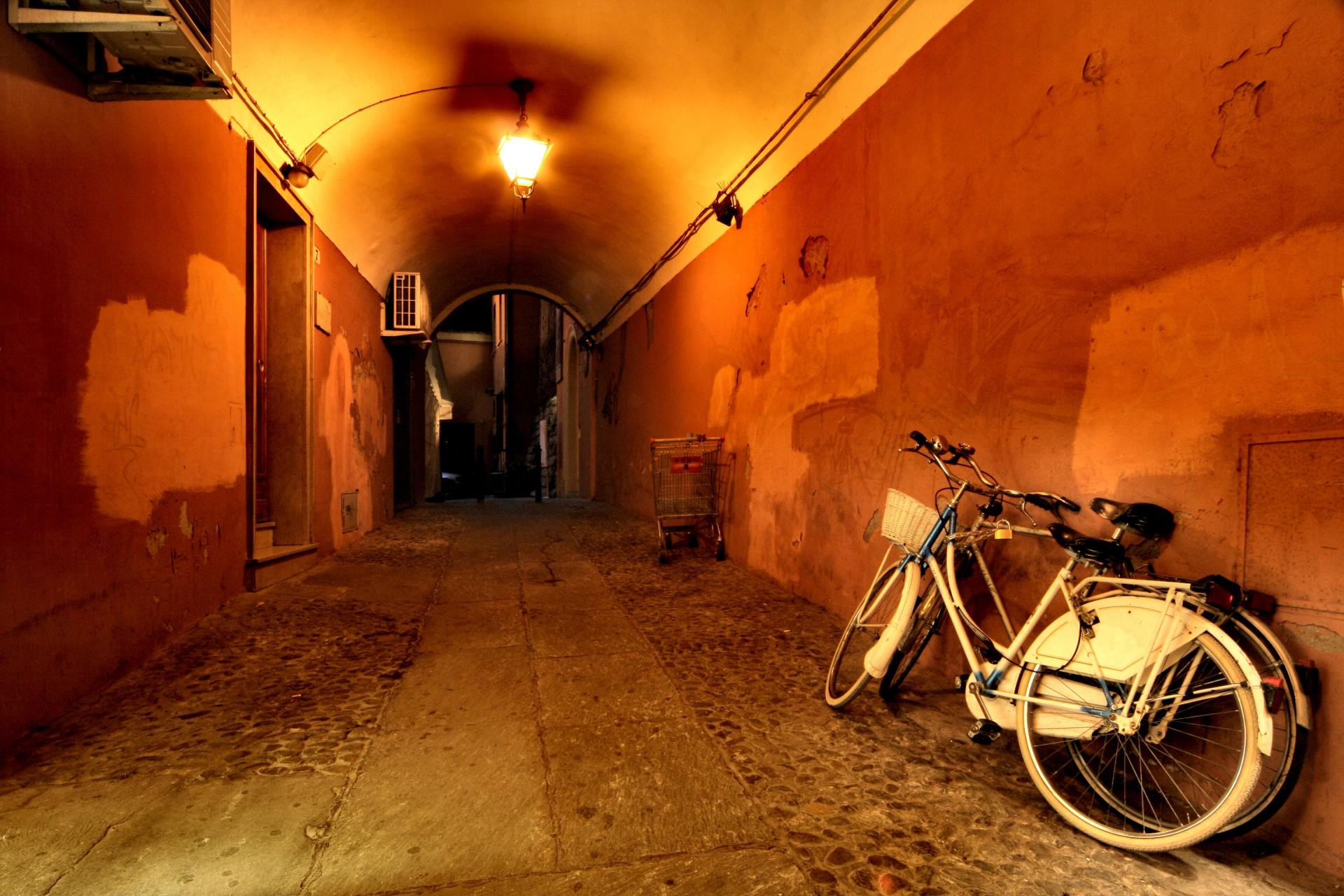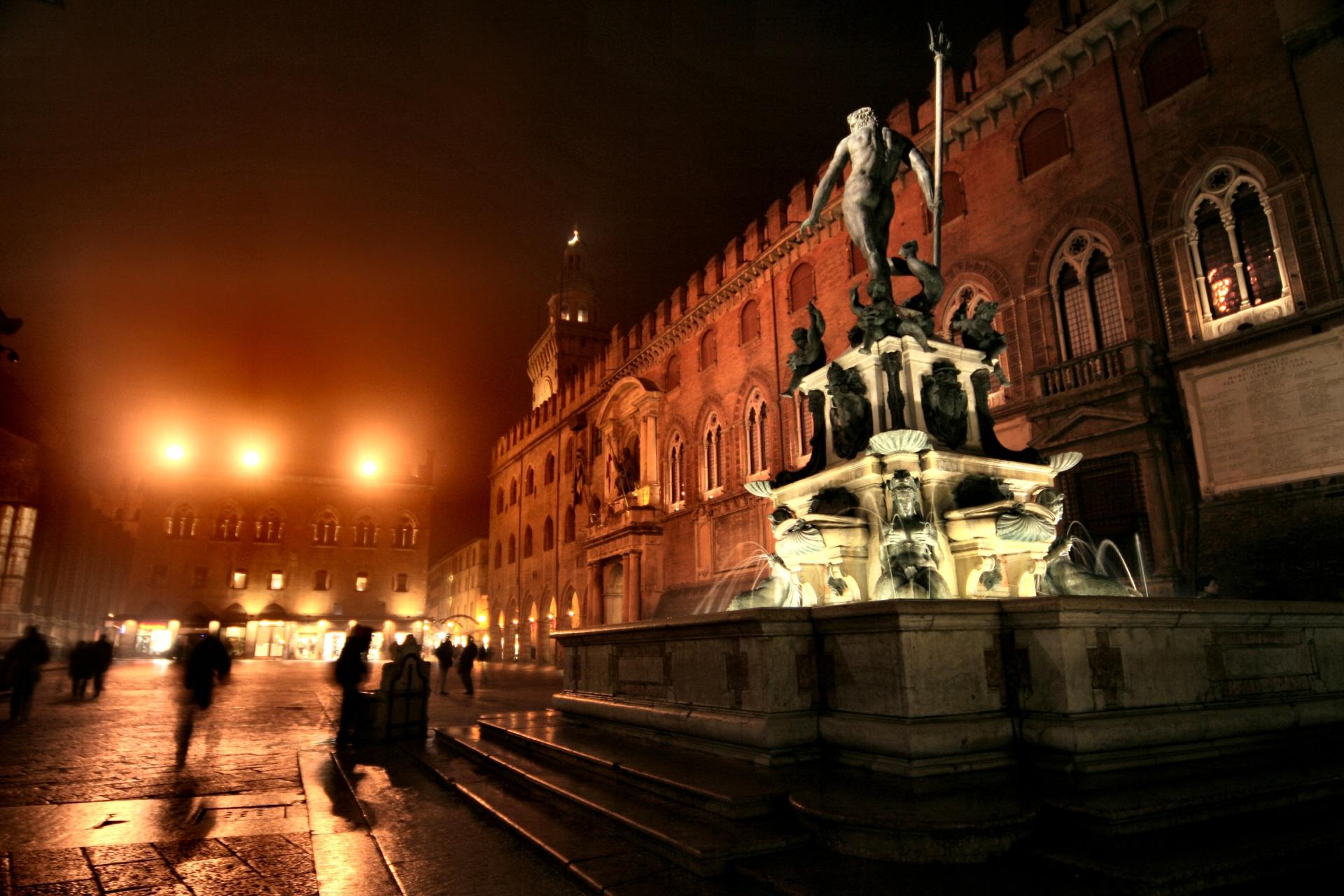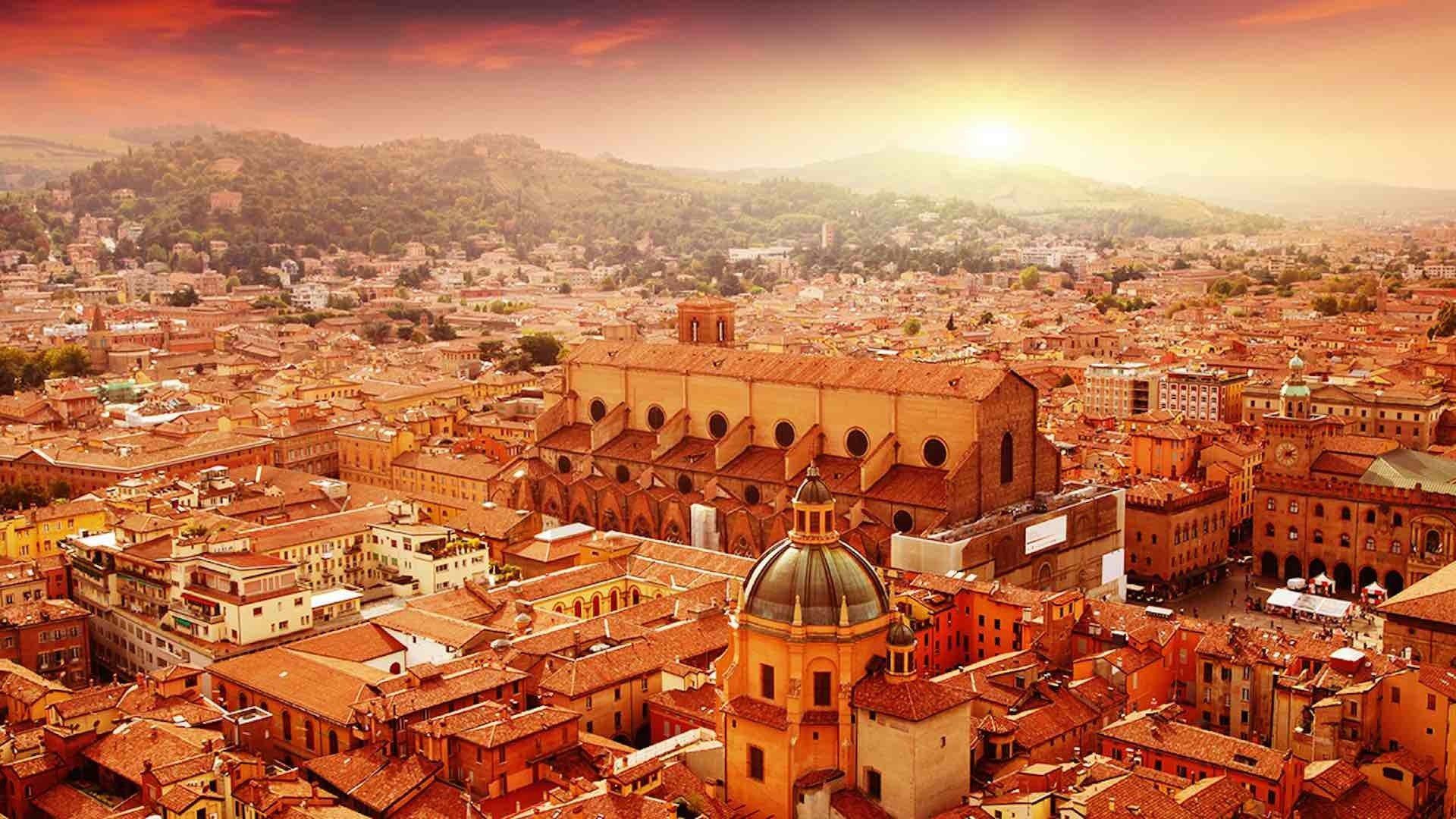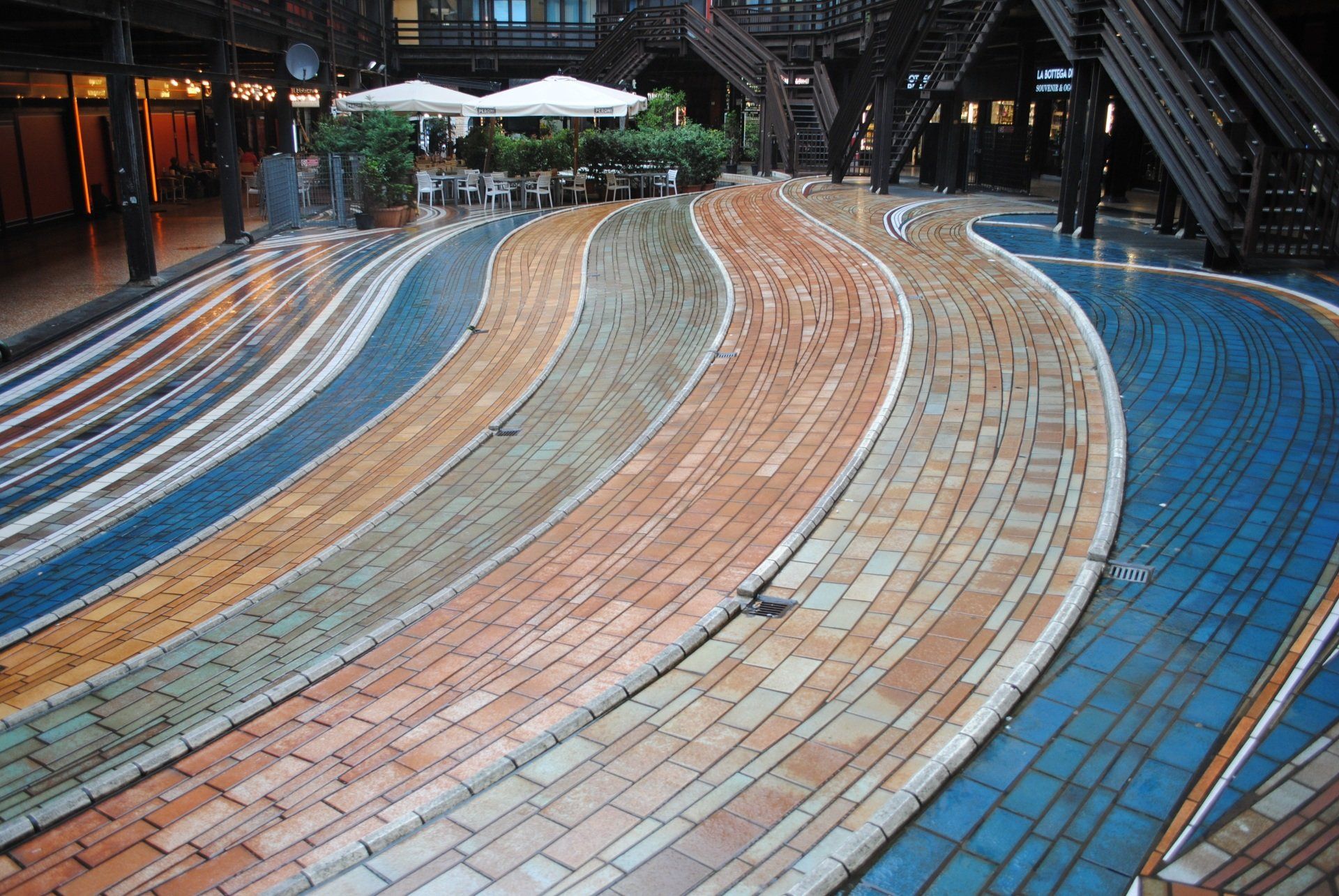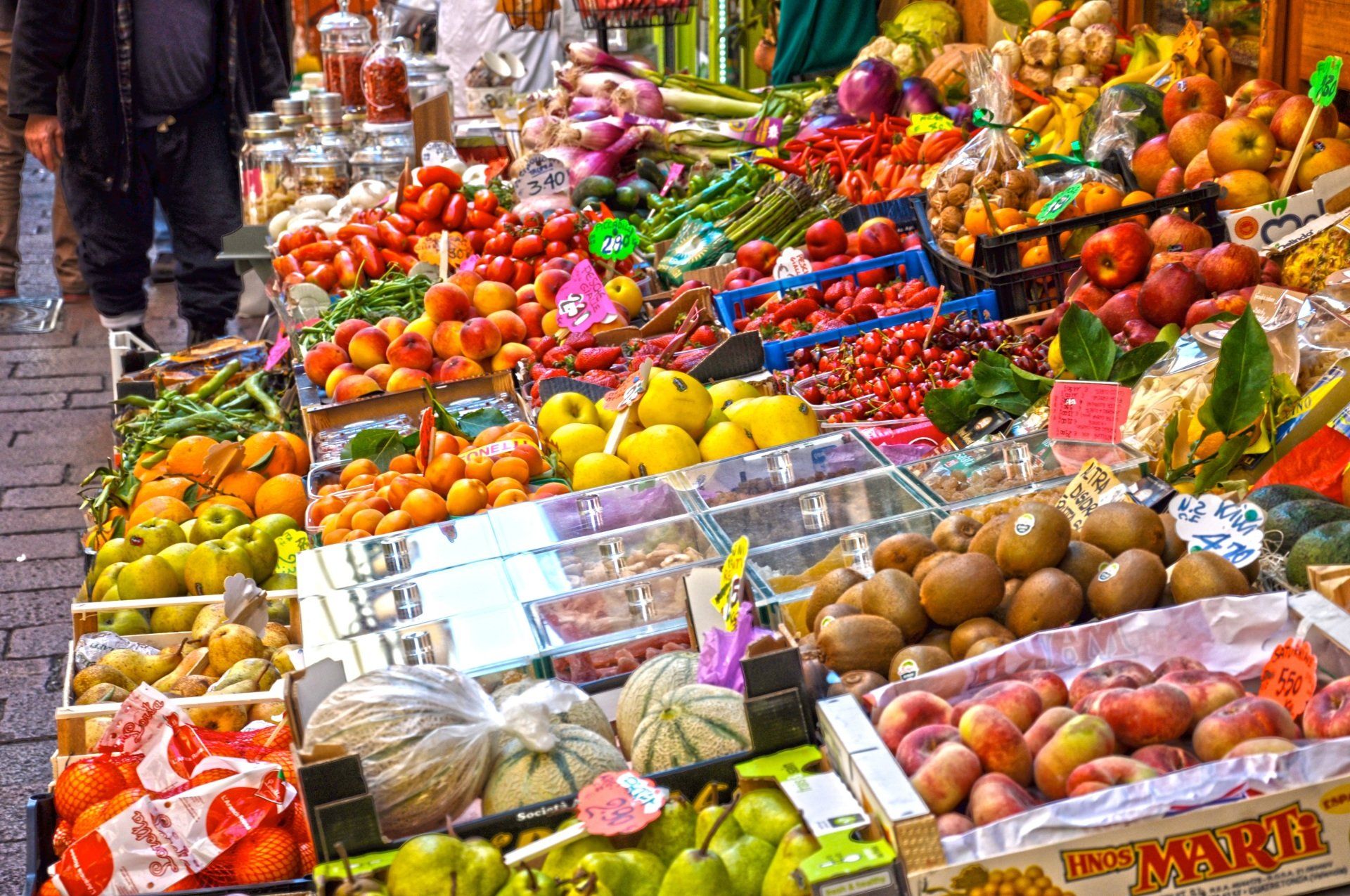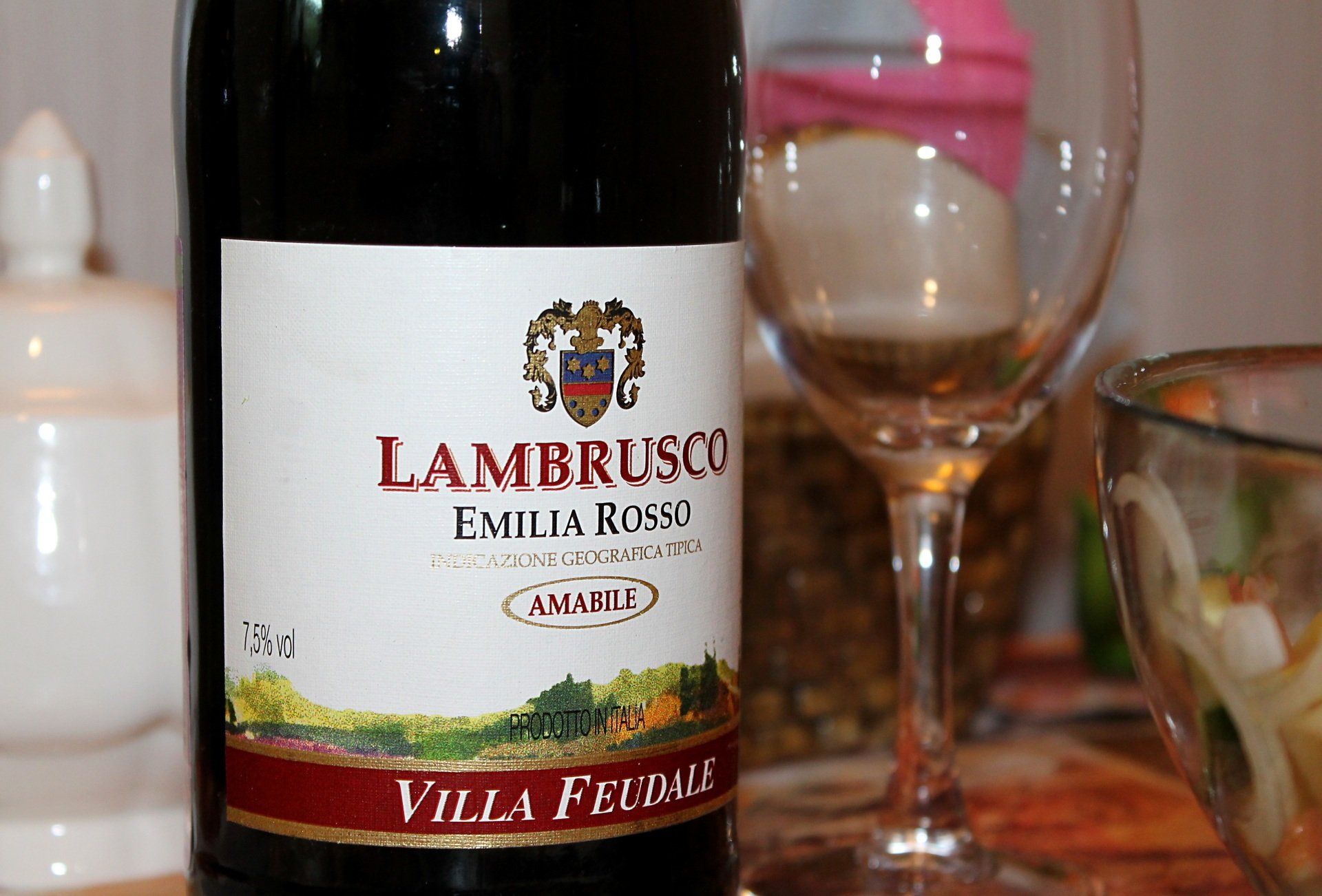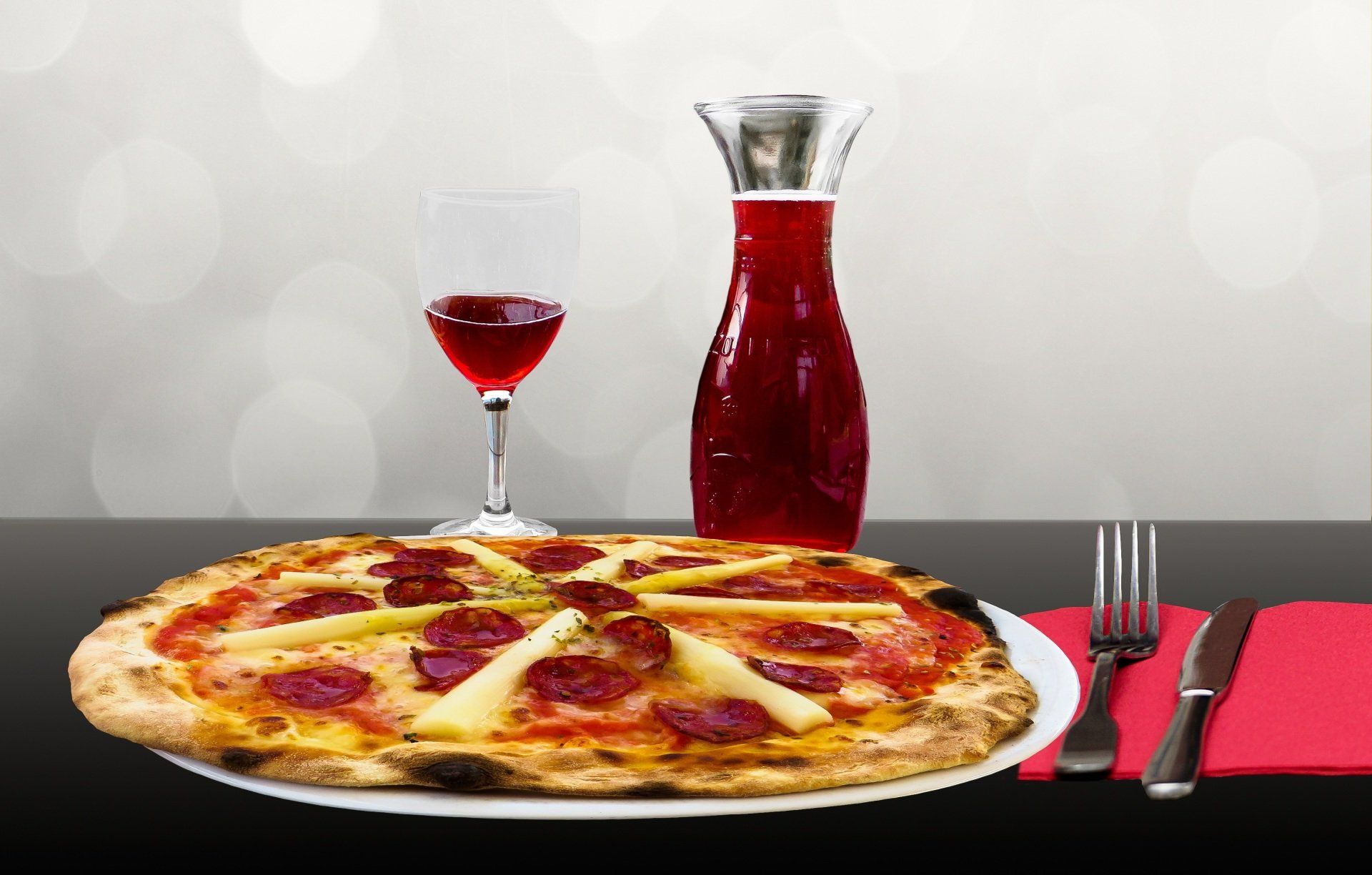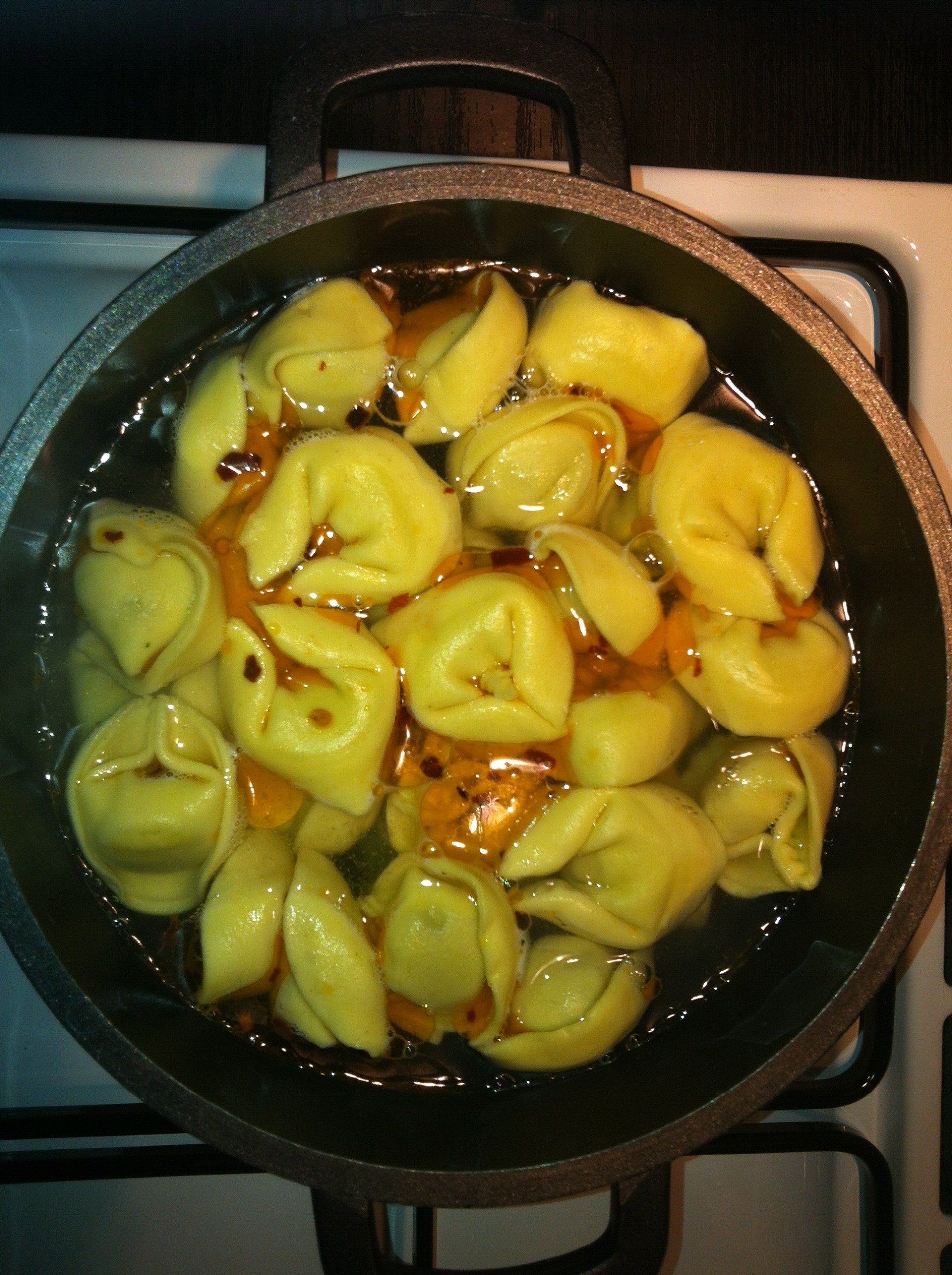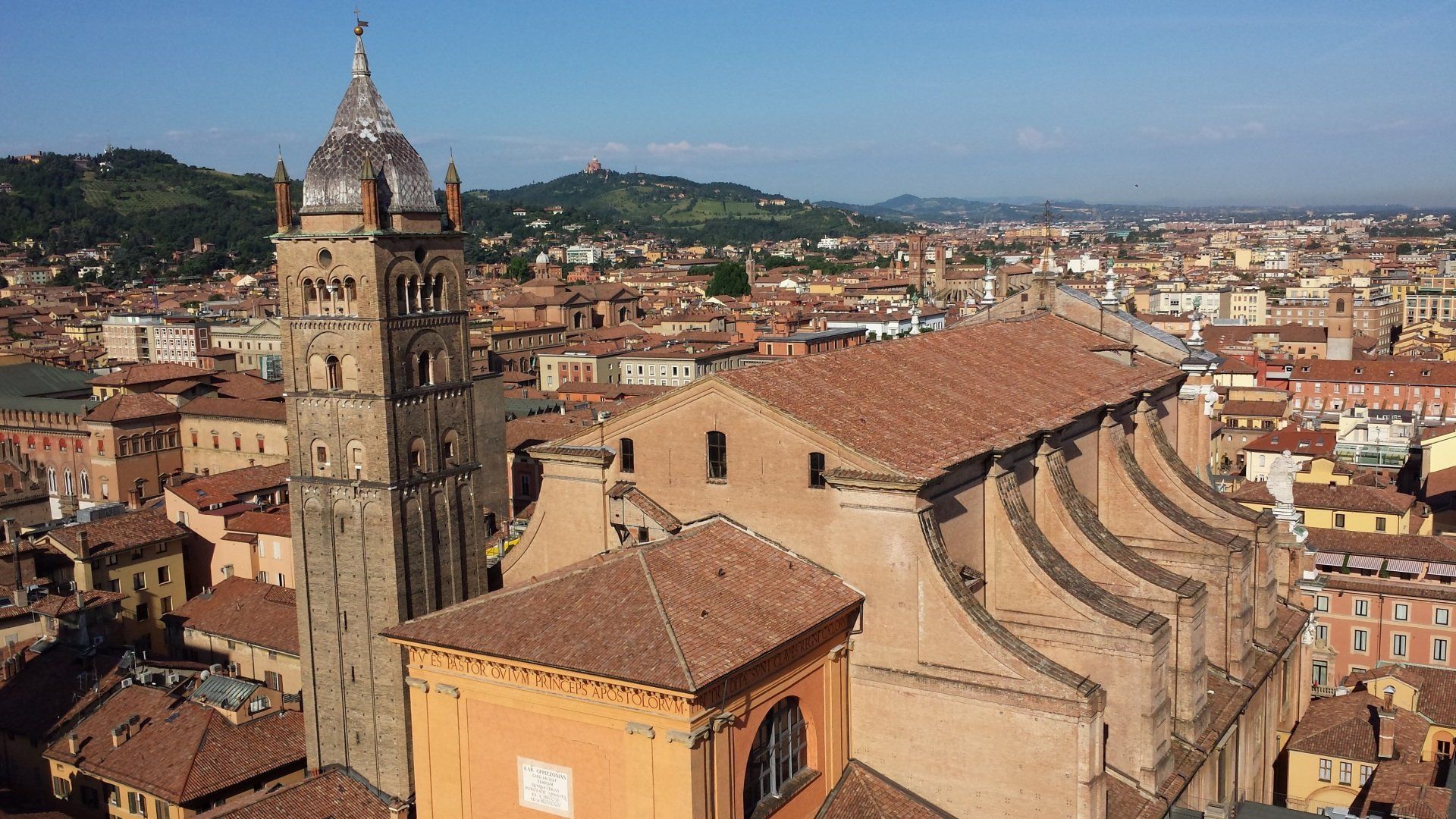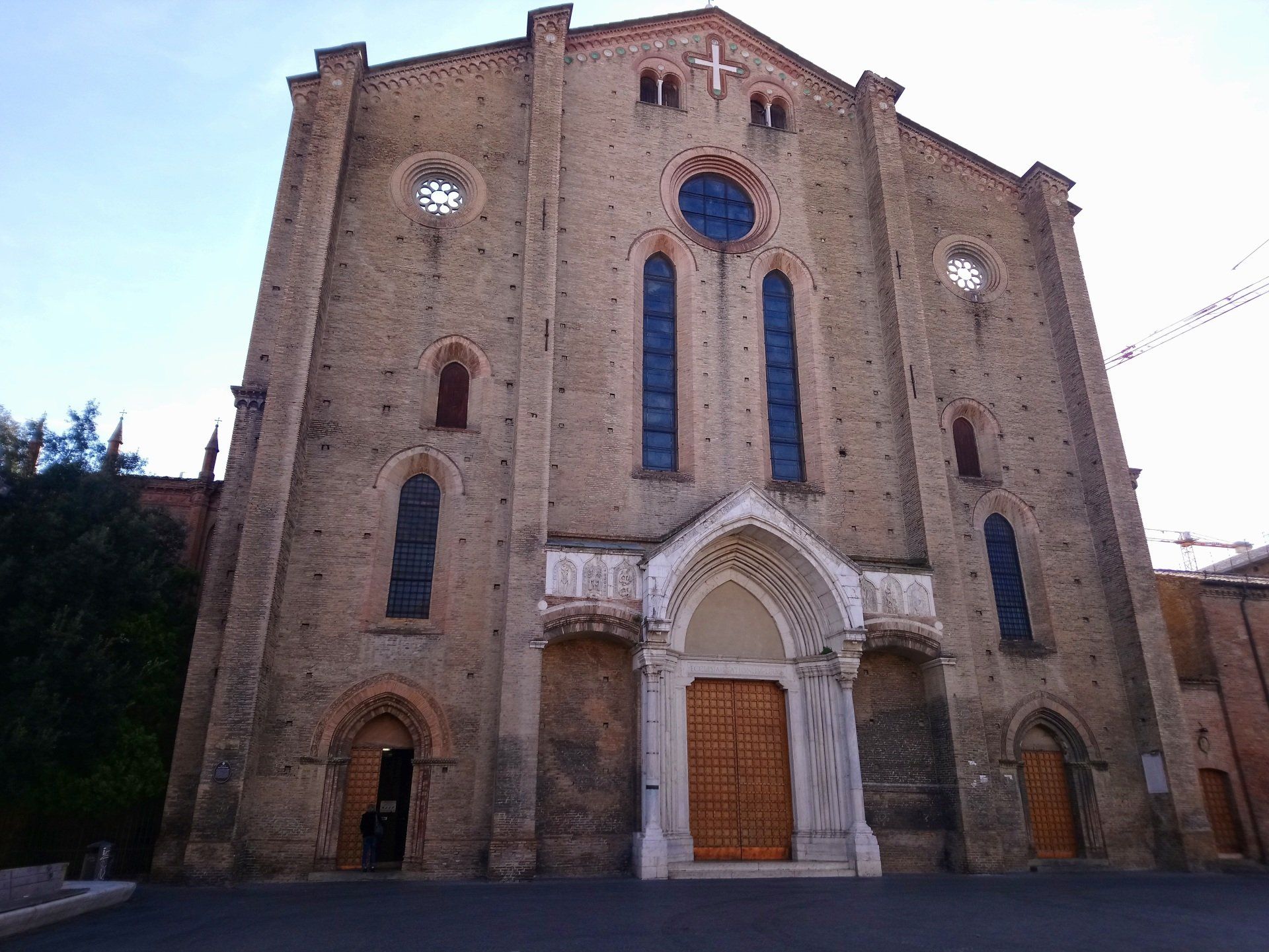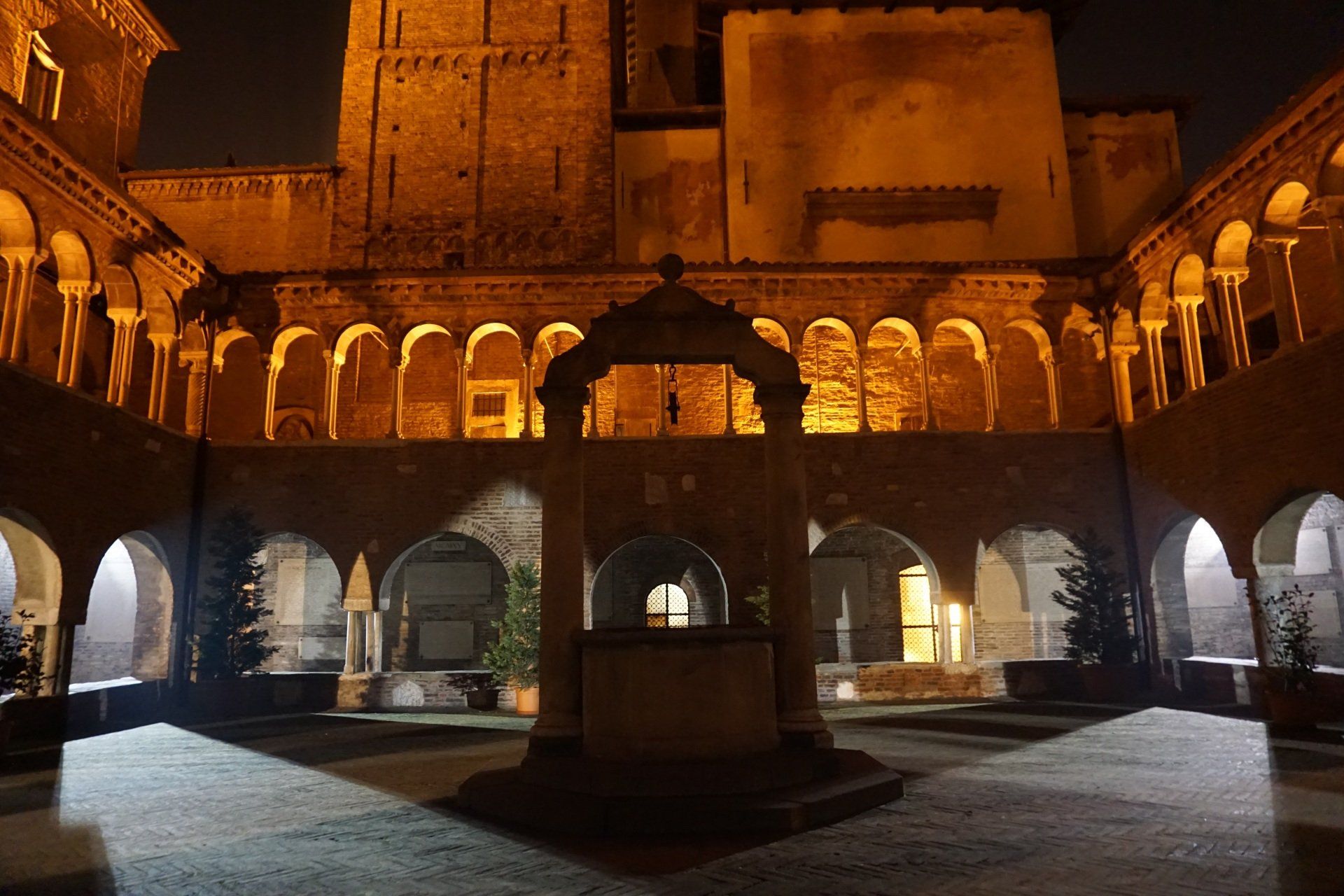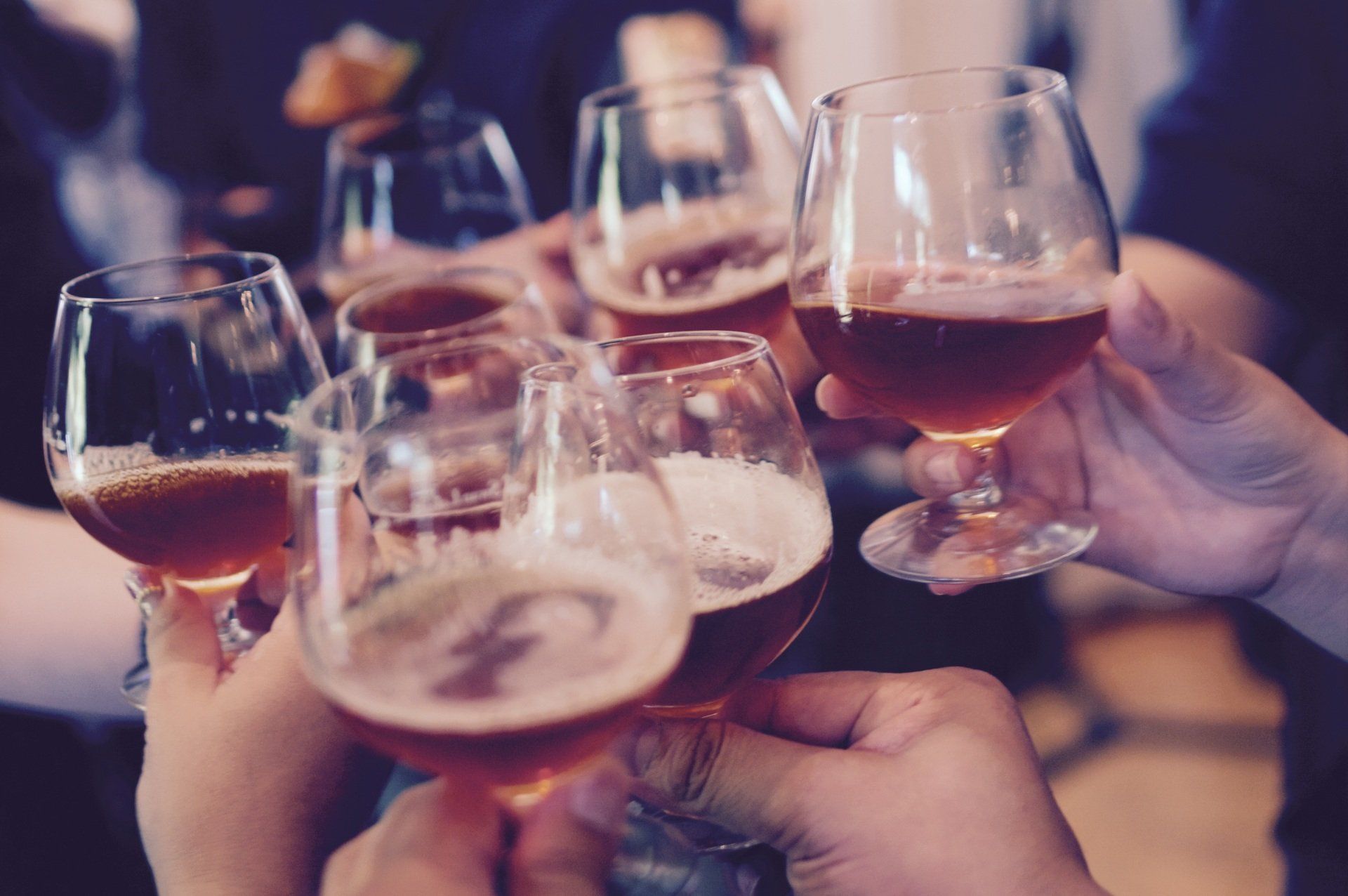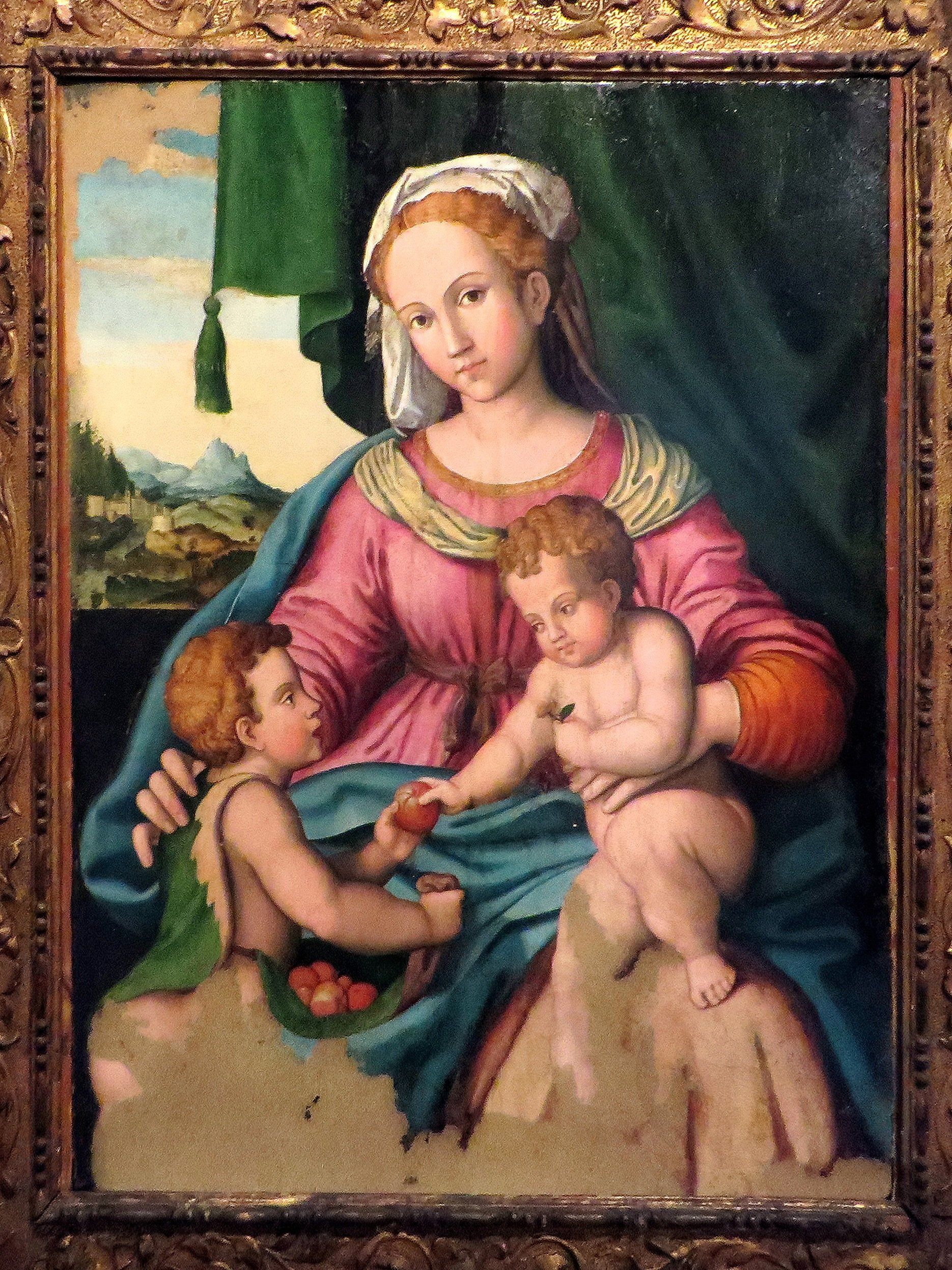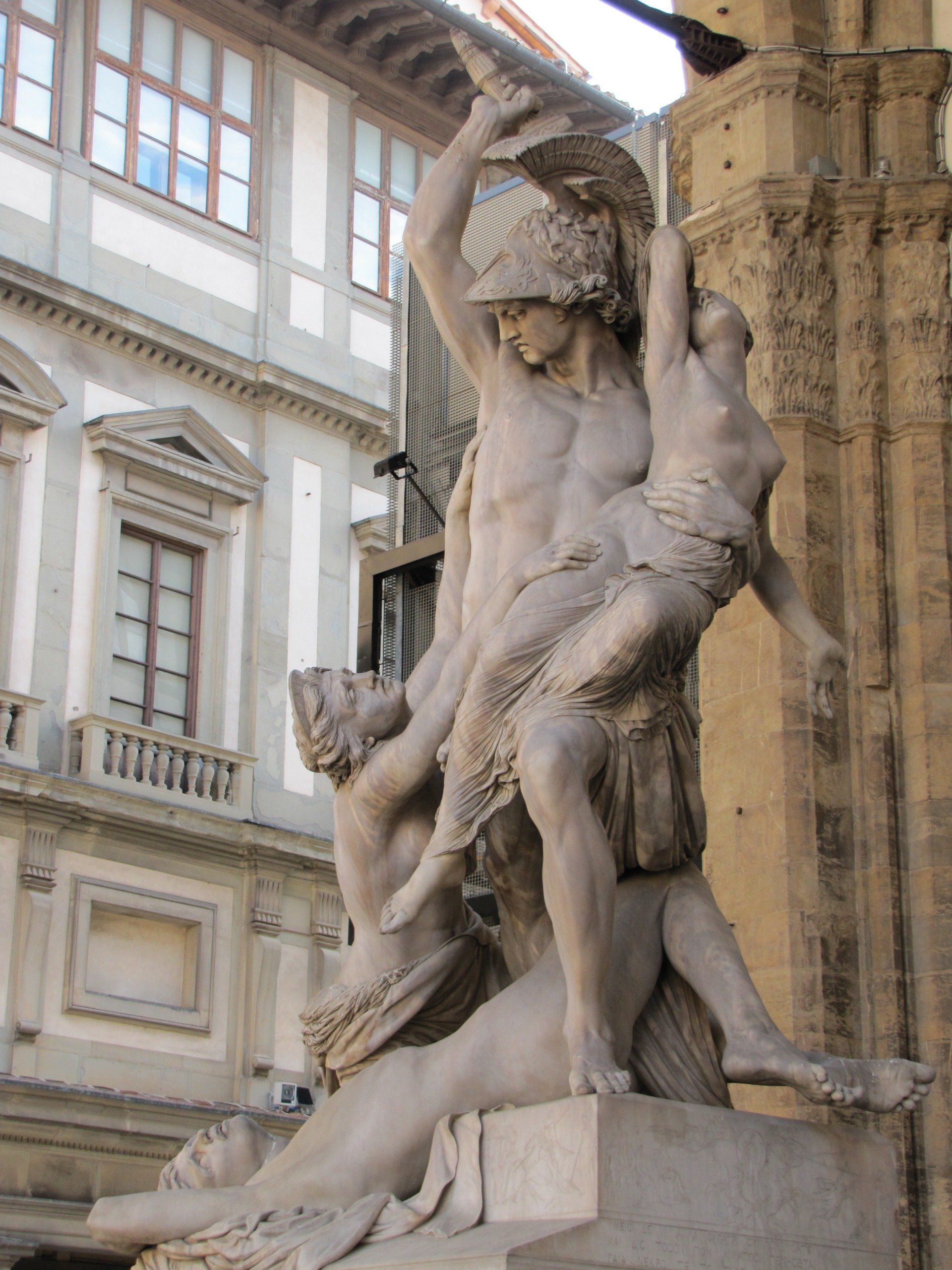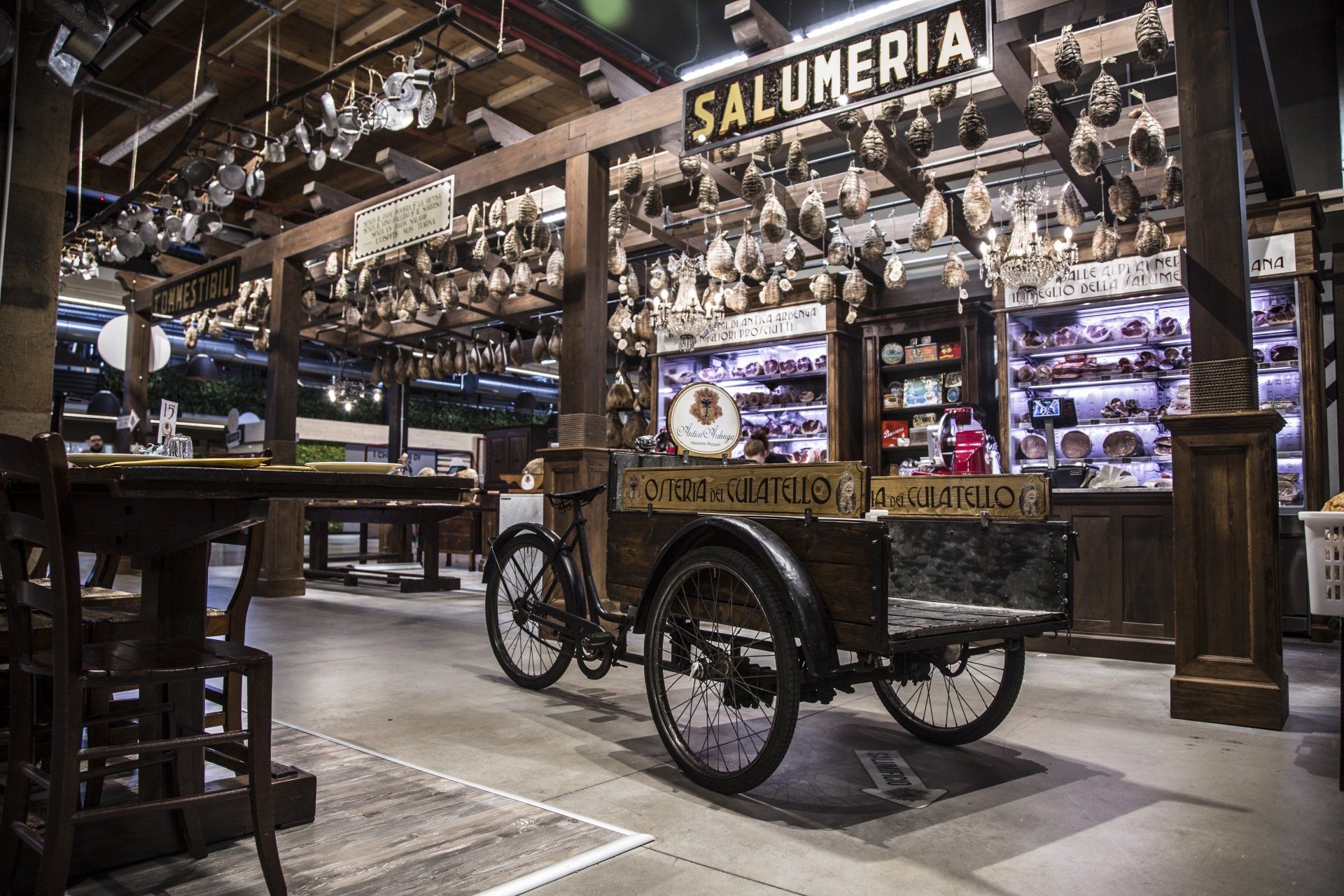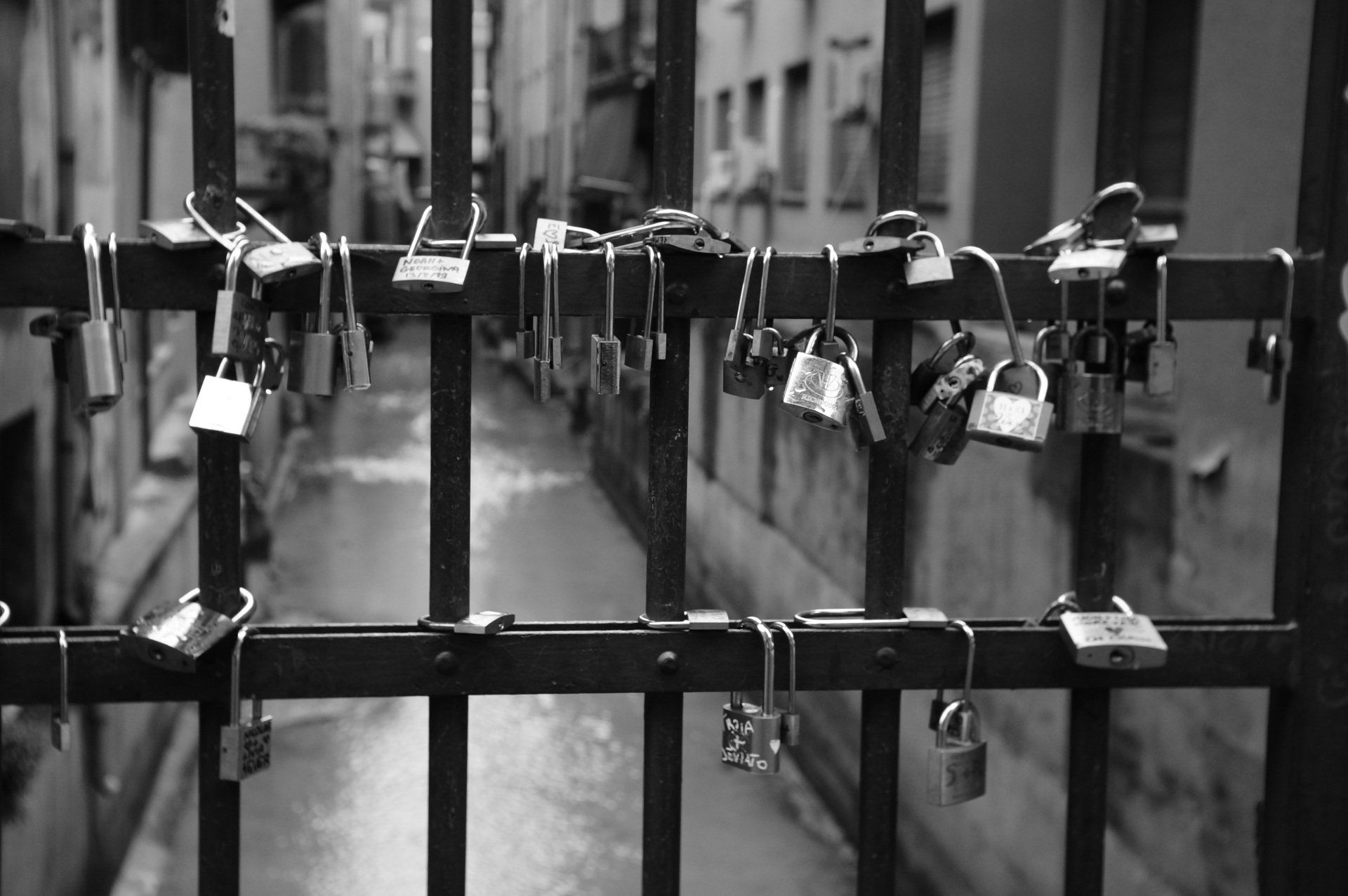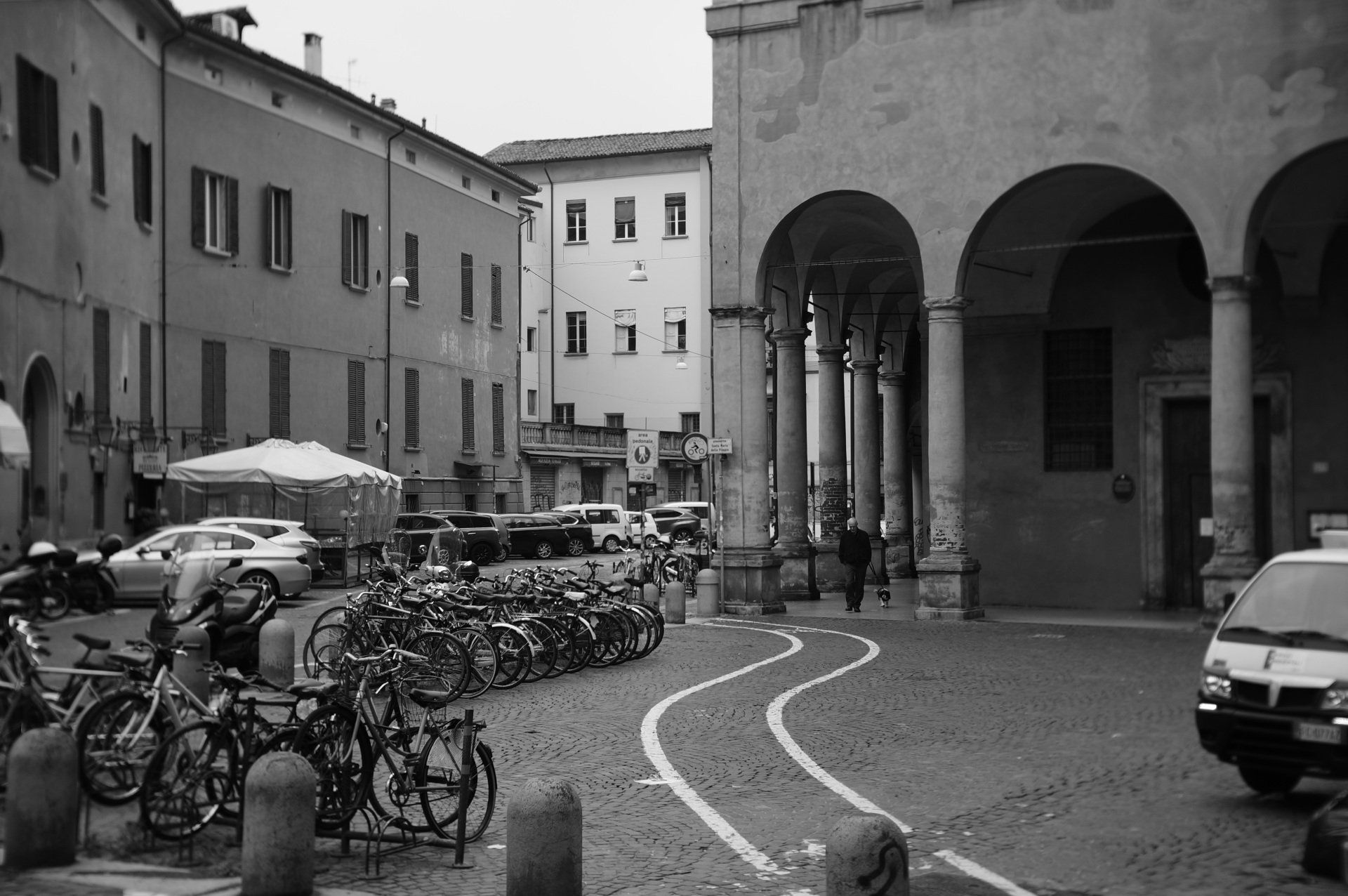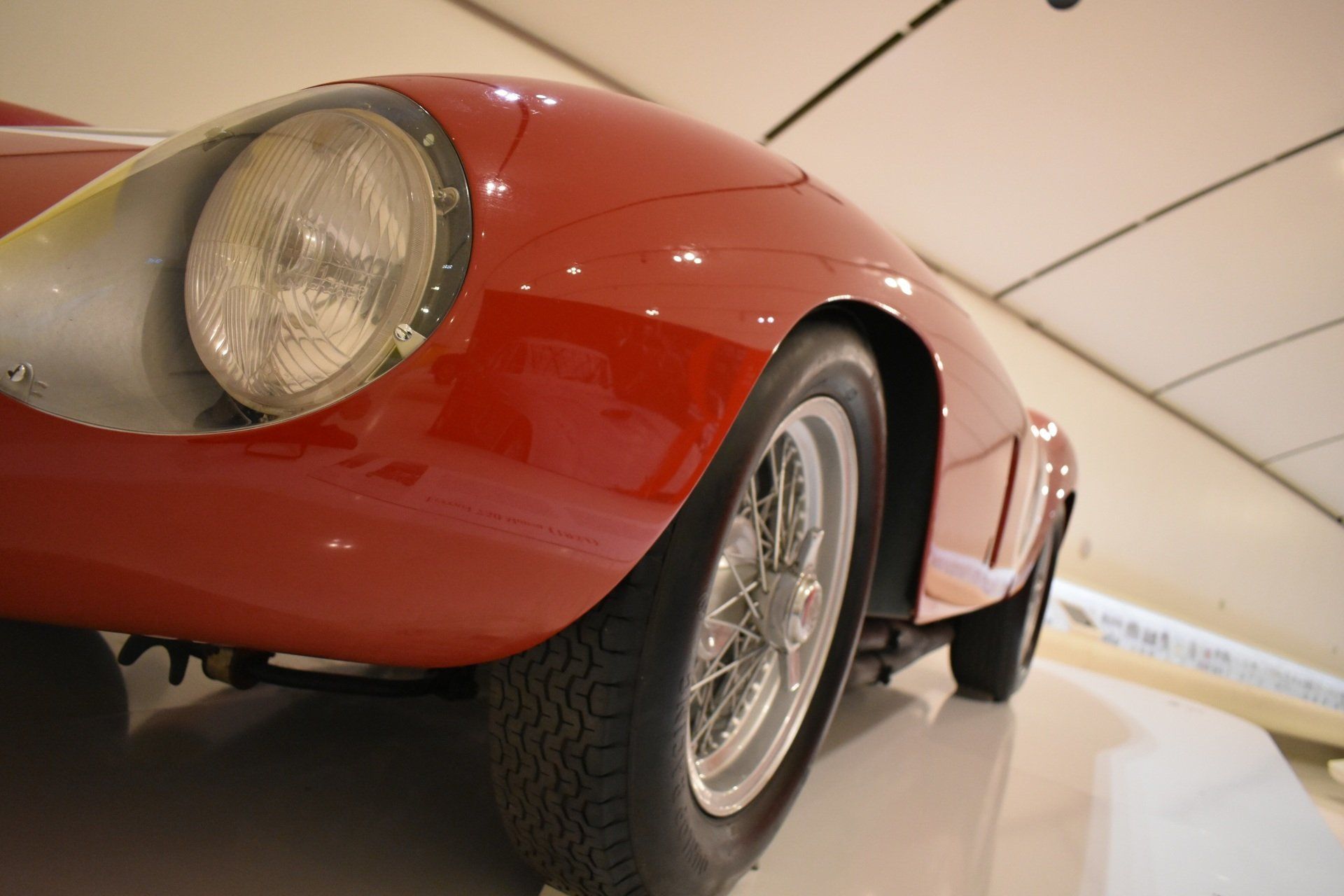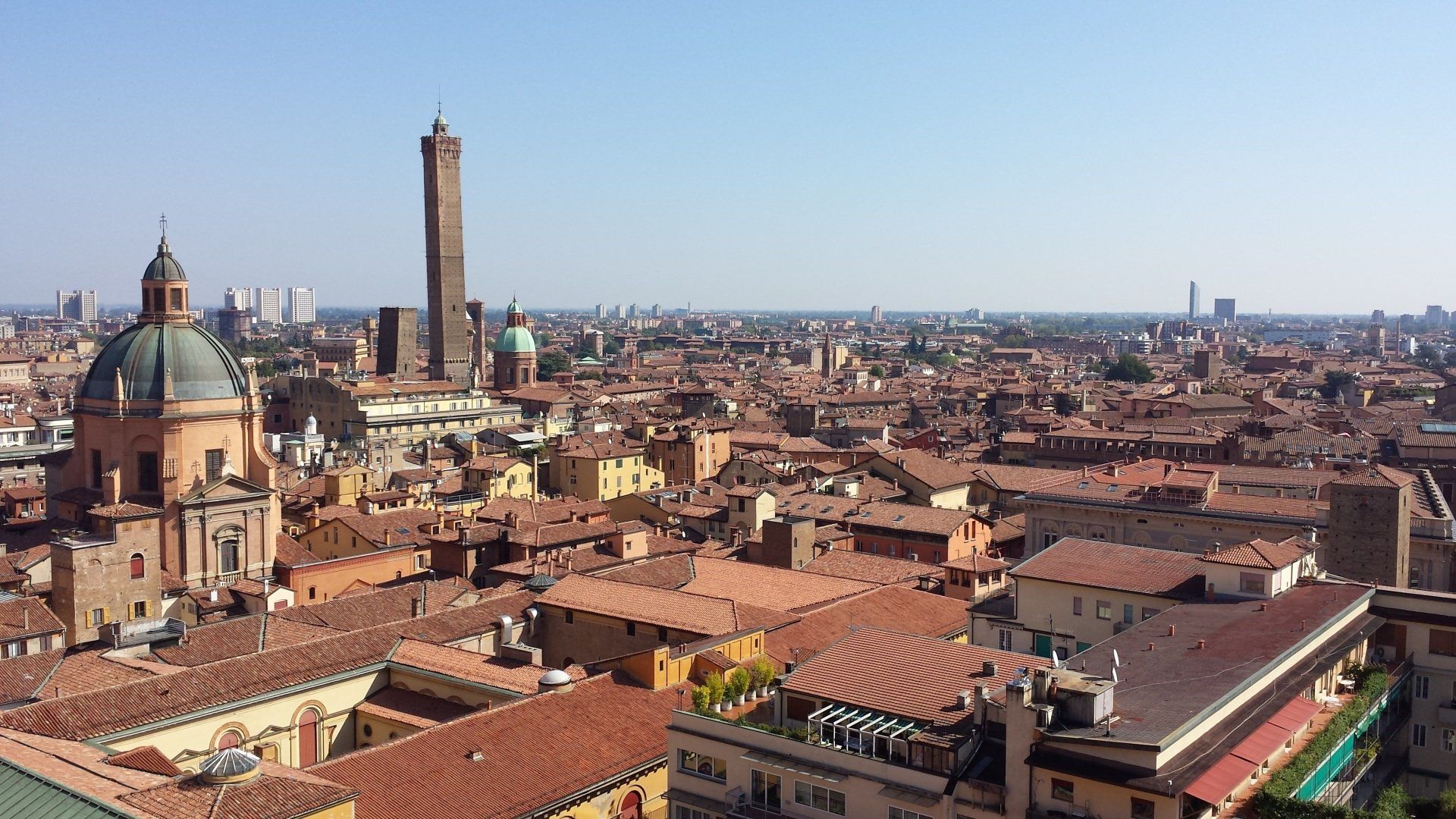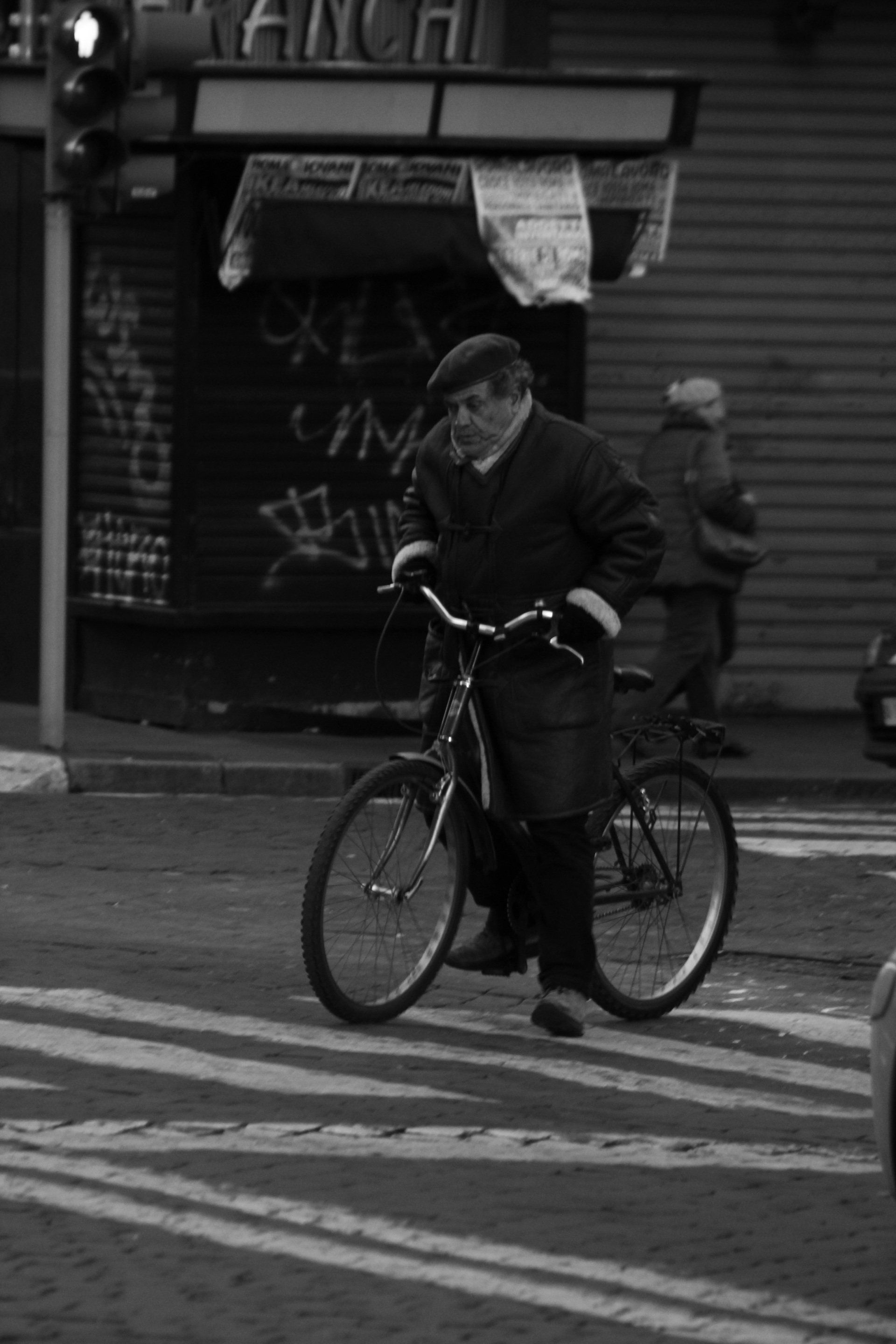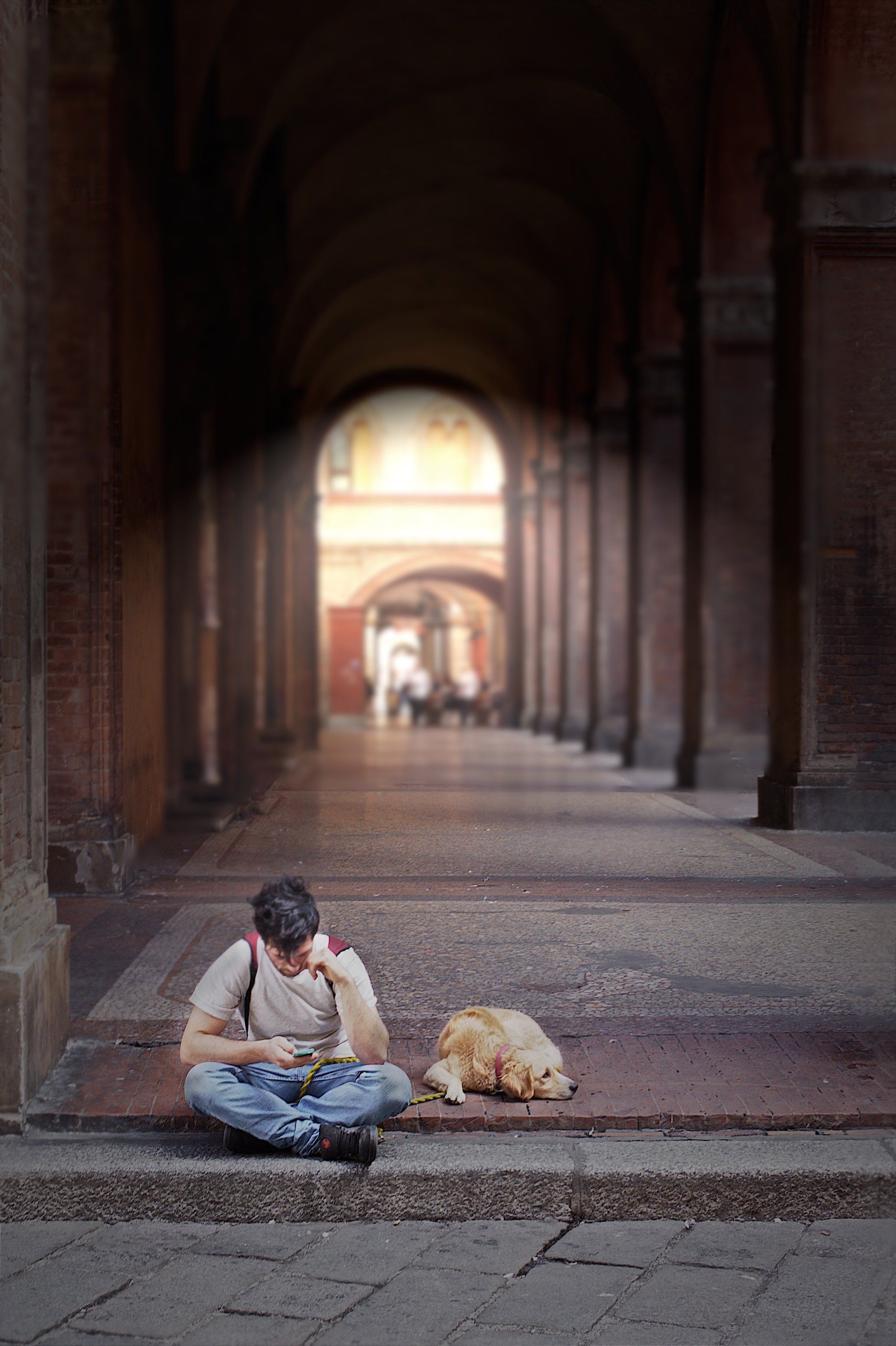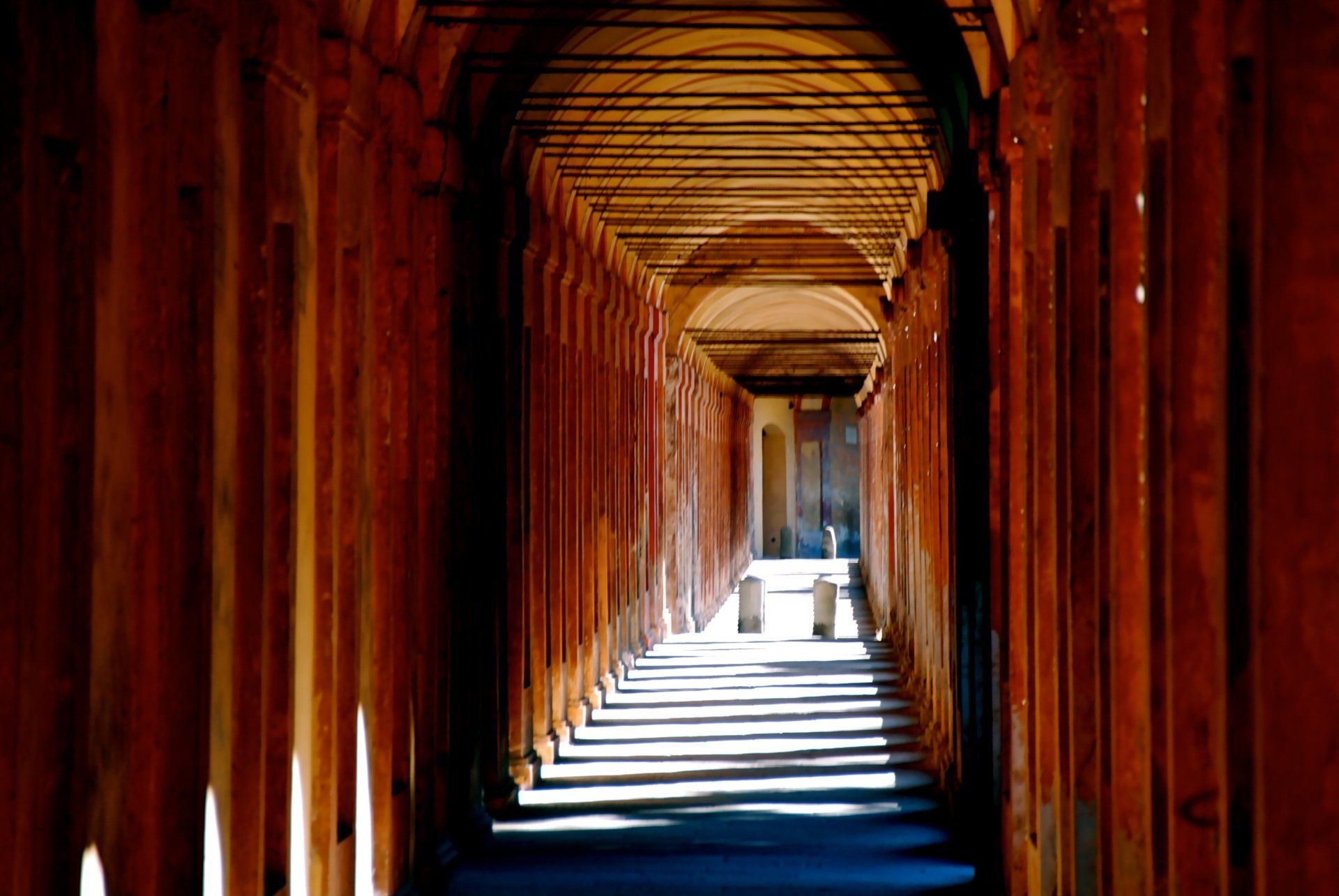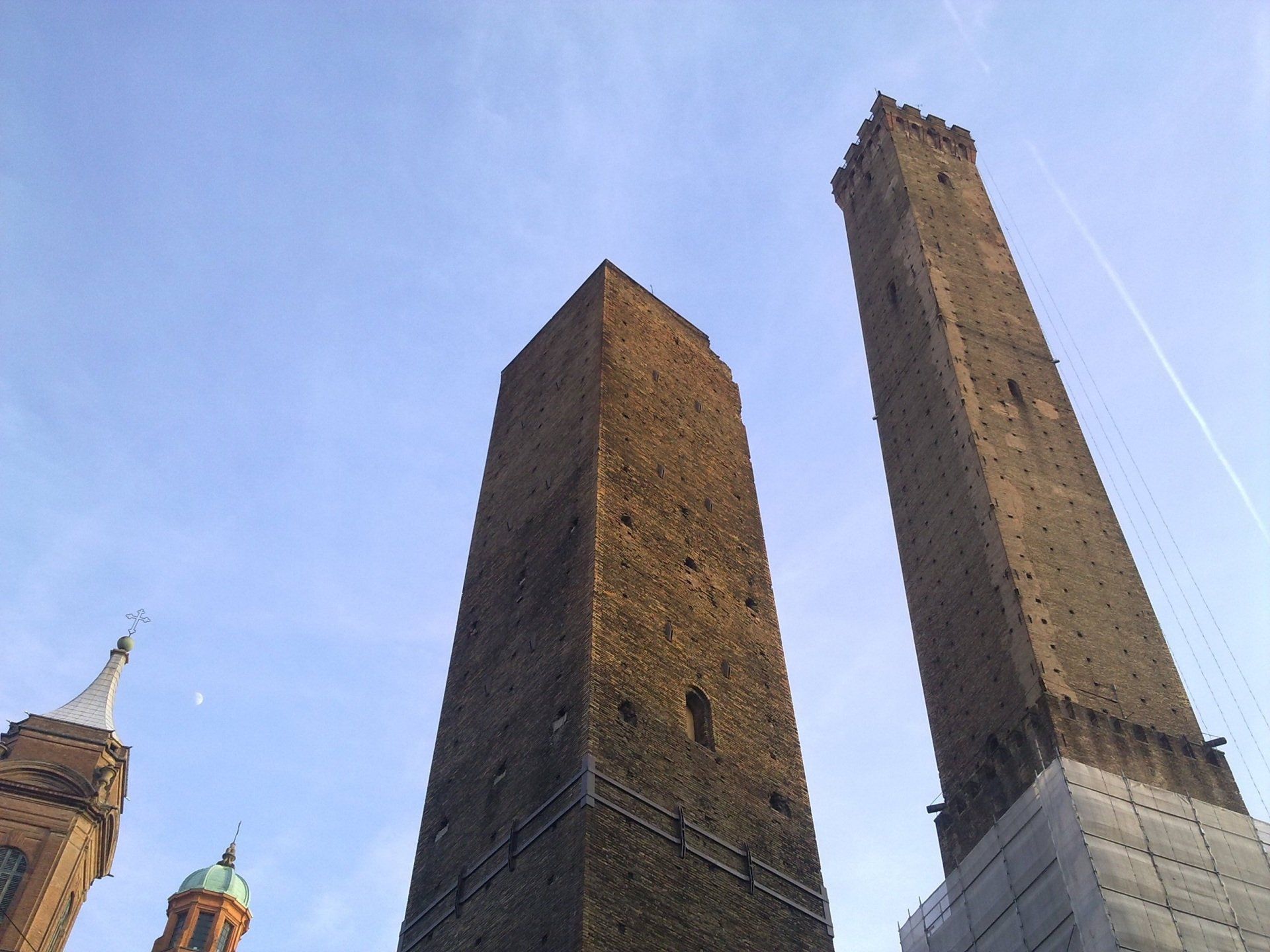Discover Bologna
Bologna is called "dotta, grassa and rossa"
Italian cities are often identified with a historical-descriptive nicknames. Bologna has three: "la Dotta, la Grassa, la Rossa". Dotta (literally, the learned) for the presence of a university that dates back to 1088, the oldest in the western world. Grassa (the fat) for the traditional hearty and abundant cuisine. Rossa (the red) due to the reflections of tiles, terracotta tiles and terracotta bricks with which towers and buildings have been built since medieval times. Nowadays, the red color makes us think of the "Reds" Ducati and Ferrari that, with Lamborghini and Maserati, make Bologna and its region the "Italian Motor Valley".
The arcades of Bologna
Bologna is the city of arcades: over 38 km in the historic center only. They can be found in almost all the streets of the center and their origin is in part to be attributed to the strong expansion that Bologna had in the late Middle Ages. Hence the need to make the most of the spaces and increase the volume of the houses by expanding the upper floors, first with the creation of wooden projections supported by beams, and subsequently by porticoes supported by columns. As also in other neighboring cities, the arcades allow you to cover most of the city streets away from rain and snow. As a meeting area between public and private space, they were also a means for the expansion of commercial and artisan activities, as well as socialization.
Churches and religious architecture
In Piazza Maggiore is located the gothic and imposing basilica of San Petronio, built by the Municipality between 1390 and 1659. It has a portal decorated with bas-reliefs by Jacopo della Quercia, while inside there are some remarkably decorated chapels. In the left aisle, on the floor, the largest sundial in the world is visible, designed by the mathematician Giovanni Domenico Cassini and built in 1655.
Of great interest is the church of San Francesco from the 13th century (although it has undergone significant interventions in the nineteenth and second post-war periods), the first example of French Gothic in Italy. The church of San Domenico is coeval, where there is the ark in which the remains of the saint are kept, made by Nicola Pisano and workshop, Niccolò dell'Arca and Michelangelo. Adjacent to both churches are the funerary monuments of the glossators.
In Santo Stefano square the complex of Santo Stefano stands out, also known as "le Sette Chiese" due to its articulation in numerous churches and chapels connected by a courtyard and a cloister. The original nucleus was built in the VIII century on a pagan temple of the II century dedicated to the Egyptian goddess Isis, of which an architrave remains with a dedication to the goddess, walled outside, and some columns of African granite. The main architectural structure is markedly Romanesque, despite some subsequent modifications.
The city cathedral dedicated to St. Peter, located in Via Indipendenza, was built in the seventeenth century on the ruins of the ancient early Christian building. Other important city churches are San Giacomo Maggiore, in Gothic style and with an elegant Renaissance portico; the Basilica of Santa Maria dei Servi (built between the 14th and 16th centuries), with a Majesty by Cimabue and an impressive four-sided portico; Santa Maria della Vita (the church of the first hospital in Bologna, founded in 1260), inside which are the precious terracotta of the Marie Piangenti, known as Lamentation over the dead Christ and made by Niccolò dell'Arca between 1463 and 1490.
On the Colle della Guardia, to the south-west of the historic center, is the characteristic sanctuary of the Madonna di San Luca, reachable through a very long and suggestive arcaded street of the XVII and XVIII centuries (the longest in the world, well 3,796 km and equipped with 666 arches).
The towers of Bologna
The towers of Bologna, structures with both military and noble functions of medieval origin, are one of the most characteristic features of the city.
Between the twelfth and thirteenth centuries the number of towers raised in the city was very large: in the time of maximum flowering there were up to 100, today 22 have survived, the two most famous towers are the Torre degli Asinelli and that of the Garisenda .
The reasons why so many towers were raised are not yet clear, but it is thought that the richest families, in the period of struggle for pro-imperial and pro-papal investitures, used them as an instrument of offense and / or defense and as a symbol of power.
A predominantly residential (but at the same time defensive) destination, on the other hand, had the so-called tower-houses, of a more reduced height, with more openings, a often rectangular plant and less thick walls.
In addition to the towers and tower-houses, some "torresotti" are still visible, fortifications built at the doors of the second circle of walls from the 12th century (walls of Torresotti or del Mille), which was almost completely demolished.
During the 13th century, many towers were severed or demolished, others collapsed. In later times they were used in different ways: prisons, civic towers, shops, houses. The last demolitions took place in the 20th century together with the circle of walls from the 14th century, according to an ambitious and - with today's eyes - an unfortunate plan for urban restructuring (the Artenisi and Riccadonna towers, which stood on the Mercato di Mezzo near the Asinelli and della Garisenda, were demolished in 1919, previously Conforti tower was demolished).
The city of food
«When you hear about Bolognese cuisine, make a reverence which is well deserved. It is a somewhat serious way of cooking, if you will, because the climate requires it; but succulent, tasteful and wholesome, so much so that eighty and ninety years longevity are more common here than elsewhere. "
(Pellegrino Artusi, Science in the kitchen and the art of eating well, 1895)
The numerous recipes of Bolognese origin, spread throughout the world as excellences of Italian cuisine (for example ragù), combined with the fact that food-related businesses proliferate in the city, have often led the press to define Bologna as "the city of food ".
Friendly sites
Bologna Welcome
What to see and do in Bologna - The official tourism portal for the city of Bologna for information on restaurants, places to visit, events and activities.
Bologna Football Club 1909
The Bologna Football Club 1909 is an Italian football club that plays in Serie A, has a glorious past and the will to come back strong again.
Weather in Bologna
In Bologna the climate is semi-continental, with not too cold winters and sunny warm summers. The average temperature in January is 7 ° C, in July it is 24.5 ° C. Unfortunately, due to the climate change, these data are not so reliable anymore, so be prepared to experience the new Italian weather!



